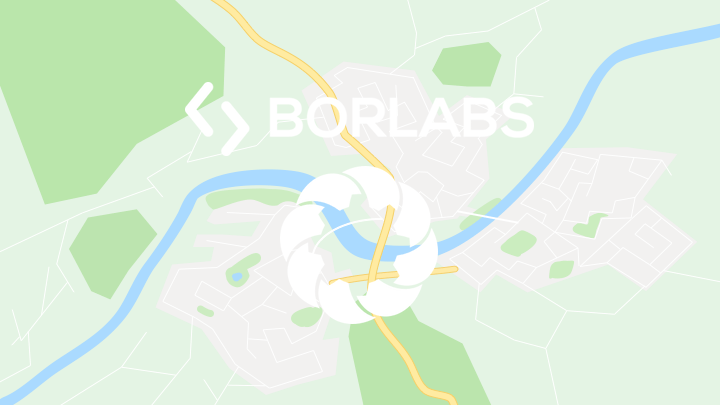In April 1988, after a thorough inspection revealed corrosion in the cables, beams and steel supports, the Williamsburg Bridge was shut to all vehicular and train traffic for nearly two months. After engineers performed emergency construction on the bridge and reopened it to traffic, a panel of design experts convened to determine if the Williamsburg Bridge should be replaced, or if it should be rehabilitated.
The plan by schlaich schlaich bergermann partner called for a hybrid design incorporating features of suspension and cable-stayed bridges. The design features two suspension towers with dozens of cables stretched out along the sides of the structure. The dual-deck bridge would be built on either side of the existing structure, and slid together on a giant Teflon plate when the old bridge is demolished.
Our team was awarded the first prize for an extremely innovative and well elaborated design. Due to financial issues at client’s side, it was decided for the time being to replace the bridge instead of building a new one.
